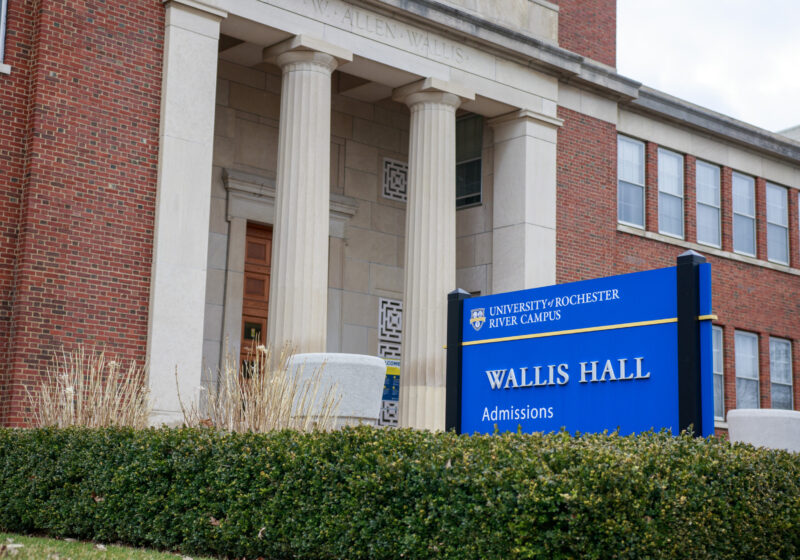Towers, the first coed residence halls at the university, were opened in 1963. Offering a new, unprecedented suite-style concept of living, Towers was a housing option for juniors and seniors who wanted to live in small, single-sex groups of six students. Suites were arranged coed by floor, with the top two floors of each tower reserved for men only. Named for the first secretary-treasurer of the board, the William Nathan Sage Hall, currently an art center, was constructed at the same time as the Towers and served as a dining center until the mid-1970s. The dining hall received immediate popularity, due in part to its quiet, sophisticated ambiance as well as its tunnel access from Towers, which, according to University Facilities and Services, still remains open today. In the December 11, 1964 issue of the Campus Times, a student described Sage Dining Center as “one of the finest buildings on campus.”Open for breakfast, lunch and dinner, the 120 square-foot Sage Dining Center had a seating capacity of 520 and was designed to be elegant. Wool carpeting, intended to reduce noise and prevent breaking, covered the entire room, and beige drapes and pillars added to the graceful ambiance. At the center of the dining hall stood a large kitchen service center, with two serving areas which students walked through in a cafeteria-like fashion during breakfast and lunch. Students were served by waiters and waitresses at dinnertime, and concrete wall screens were set up to separate the kitchen area from the dining room. Students enjoyed an elegant atmosphere during the dinner meal, including dimmed lights and soft music, and university announcements were made by means of a speaker system. In order to foster the upscale atmosphere, a dress code was required for all students wishing to dine in Sage for dinner. Men were required to wear jackets and ties, and it was necessary for women to wear either a skirt or dress. According to Allen Topolski, Studio Coordinator and Associate Professor of Art, much of the equipment that was part of the kitchen area was converted to meet the needs of the art department when the building became the art center. For example, the ventilation hood in the welding shop was once used over the stoves. Additionally, many meat lockers and large freezers have been converted into storage closets for art supplies.
Album Review
Colin’s Review Rundown: English Teacher, Imminence
English Teacher “This Could Be Texas” For fans of: Black Country, New Road; Black Midi British rockers English Teacher came…
academic affairs
Report backing financial aid for summer courses endorsed by SA
SA’s Academic Affairs Committee concluded that there is an “urgent need” for UR to expand financial support for students taking…
criticism
Israel Week promotes nationalism within our Jewish life on campus
The purpose and effect of hosting an “Israel Week” is to distract from and distort the historical and contemporary realities of Israeli occupation and apartheid.




